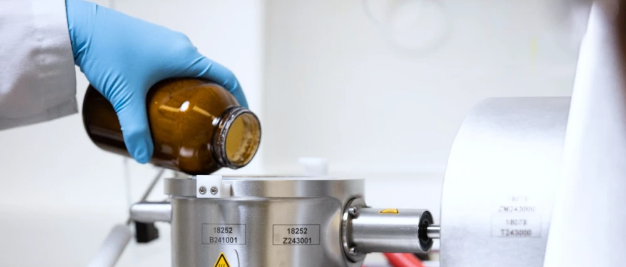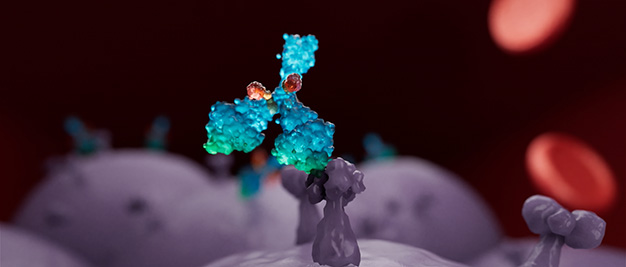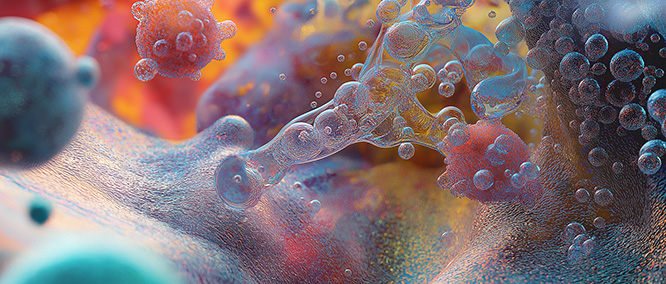
Small MoleculesNov 25, 2024
Co-processing: Co-Precipitation Technology (CPT) for the Enhancement of Flowability and Bulk Density
Formulating compressed tablets is one of the most widely used oral solid form dosages. However, a vital first step is choosing a suitable manufacturing approach and the right excipients to support the desired therapeutic effect.

Biologics and ConjugatesNov 18, 2024
An ADC's Path to Market-Analysis of Difficulties and Key Points in ADC Process Scale up
An Antibody-Drug Conjugate (ADC) is a novel therapeutic agent which can deliver a highly-potent traditional small molecule drug to a specific site or cell within the body. It is formed when an active drug (the payload) is connected to an antibody using a linker. The complex is referred to as an ADC and it uses the cellular specificity of antibodies to direct the payload and deliver to the active disease site within the cell. This enables ADCs to selectively treat cancer cells, tumor microenvironments, or other target cells, while reducing systemic, off-target toxicity. This targeted delivery of ADC agents has shown great promise and explosive growth in recent years.

Small MoleculesNov 09, 2024
ENT-03 GRC Poster
ENT-03 was predicted to be the mammalian equivalent of trodusquemine, based on knowledge of the bile acids produced in mammals, such as 7-HOCA. The individual C-25 isomers of ENT-03 were prepared and both detected in mouse brain. Trodusquemine and ENT-03 have both demonstrated dramatic effects in obesity and insulin resistance. (25S)-ENT-03 was selected for development for the treatment of diabetes and obesity.

Case Studies & WhitepapersNov 08, 2024
Co-processing Series: 4. Heterogeneous nucleation (HN)
In the context of crystallization, heterogeneous nucleation occurs when crystals form on a surface rather than spontaneously in the bulk solution, playing a crucial role in controlling crystal formation and growth. When applied to Co-processing, heterogeneous nucleation on the surface of excipients enhances material properties, allowing for greater control over critical attributes such as flowability, stability, and polymorphism.

Case Studies & WhitepapersOct 28, 2024
Co-processing Series: 3. Adsorption
This method involves the absorption of a dissolved drug into the pores of a carrier material, known as an adsorbent, with the drug remaining embedded in the porous media post-drying.

Case Studies & WhitepapersOct 18, 2024
Co-processing Series: 2. ASD - How Co-Processing can replace Spray Drying
With spray drying, a prevalent method for producing amorphous solid dispersions (ASD), the process involves rapidly drying a solution with hot gas, resulting in high energy consumption and significant infrastructure and operational costs.

Case Studies & WhitepapersOct 08, 2024
Co-processing Series: 1. What is co-processing and how is the industry embracing it?
Co-processing enhances the flow and density properties of active pharmaceutical ingredients (API) thus simplifying oral solid formulation. In some cases, co-processing can be used to generate Amorphous Solid Dispersion and offers more expeditious alternatives to traditional methods such as spray drying, nano-milling, or hot-melt extrusion.


